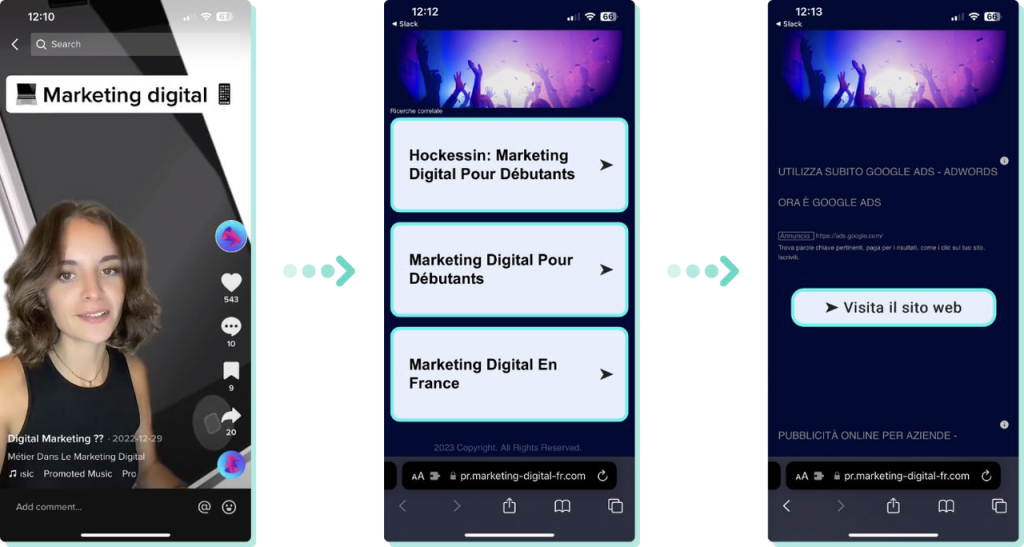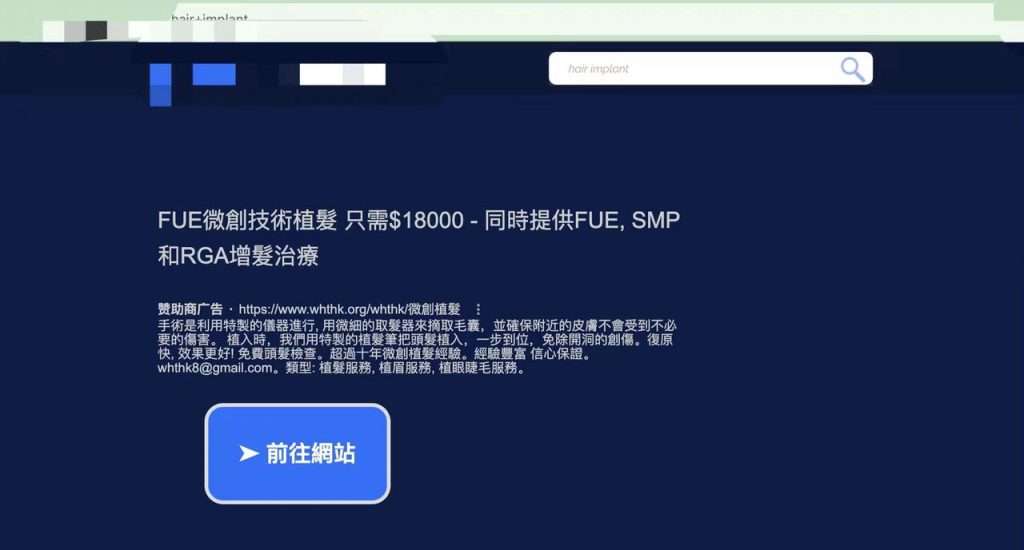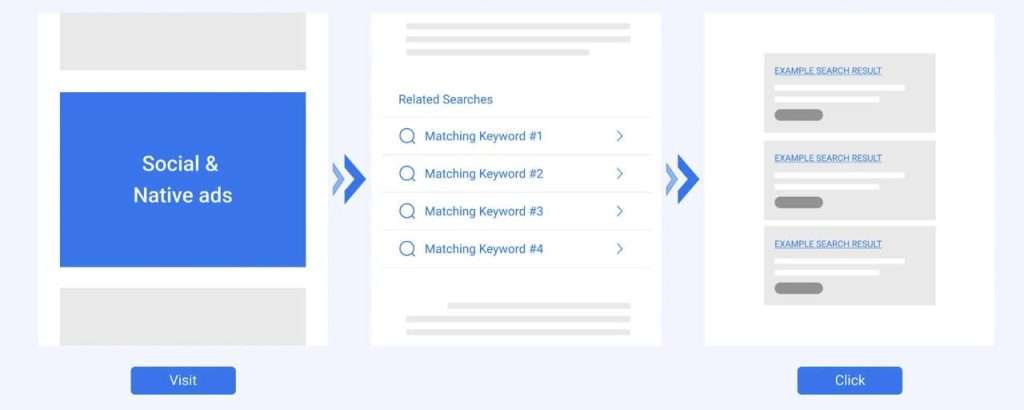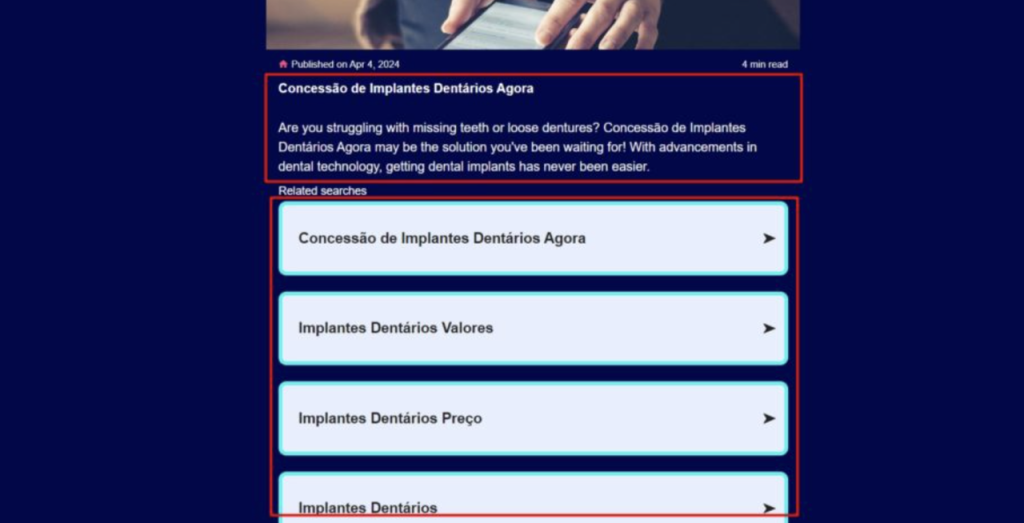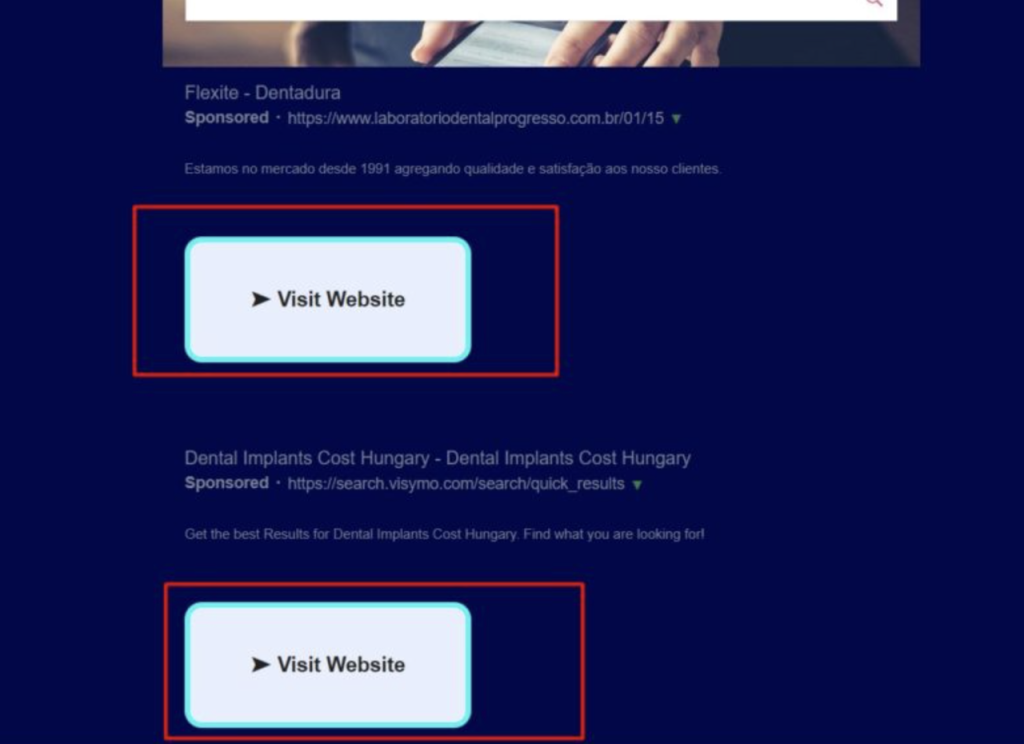Search arbitrage is a traffic arbitrage method that involves buying traffic from social media/native/display ads and then selling search ad results to profit from the difference.

Search Ads are served through parked domains that feature ads that other advertisers have paid for on platforms such as Google, Bing or Yahoo. If you've had previous experience running search ads, you must have noticed the following traffic inventory options on platforms like Google Ads and Bing Ads/Yahoo Ads.

Related roles in the search arbitrage business
Arbitrageour (Arbitrage Marketer)
Arbitrageour connects all stakeholders with traffic arbitrage campaigns.
Ads Network
This is where you get your traffic from. This could be native media platforms, social media platforms, search engines or any other place u can get traffic from.
Feed Providers
This is the upstream where from you and where you retarget your traffic. Feed providers are similar to affiliate networks in a standard affiliate marketing campaign. Instead of displaying a single offerm they display a SERP-like page with search teams/results related to the original ad in ads network.
Search Arbitrage Traffic Path Illustrated




How does a search arbitrage business work?
Traffic arbitrage is essentially reselling traffic. You're still dealing with two sides of the equation: one side is where you get/buy the traffic from (the ad network), and the other side is where you resell the traffic and redirect it to the Feed Provider.This is the same as with any paid advertisement. The difference is that your traffic does not immediately go to the ads. Instead, it goes to a search engine results page (SERP), which then takes the visitor to the eventual advertiser's page. You can monetize when the cost of buying traffic from social media/native/display, etc. channels (CPC) is less than the revenue from search result monetization campaigns (EPC/RPC). For example, arbitrage clients in Taboola advertising for a click to pay $ 0.2, users click on the landing page of the search results arbitrage clients get $ 0.4 revenue, the profit is $ 0.4-$ 0.2 = $ 0.2.
Types of search arbitrage
Search to Search (S2S)
In this model, an arbitrageur buys keywords from one search engine at a lower cost and then sells them on another search engine at a higher cost. The key to profitability is to sell at a higher price than the purchase price.
Display to Search(D2S)
In this case, traffic arbitrageurs utilize banner ads that are usually lower in price. They capture traffic through these ads and then redirect it to higher-cost search engine results (SERPs) that are paid for on a cost-per-click (CPC) basis (e.g., on Google search). This strategy requires an in-depth understanding of banner ad management, but is often considered to have a higher probability of profitability because the initial cost is usually lower than for search engine keywords.
Native to Search (N2S)
In this method, traffic arbitrageurs buy traffic from native advertising platforms such as Taboola and Outbrain at a lower price and then direct that traffic to higher-cost search engine keywords on Google and Bing.
Social to Search (S2S)
This strategy involves buying traffic from social media channels like Facebook or Instagram, which typically have a lower cost per click than search engine keyword traffic. Traffic arbitrageurs then direct this traffic to search engines and profit from the price difference.
Channels for buying/acquiring traffic
Compliant traffic channels:
Native:Taboola/Outbrain/MGID/RevContent/Baidu Mediago
Social:Meta/TikTok/Snapchat/X(Twitter)/Pinterest
Search:Google/Bing/Yahoo
Display:Google Display Network (GDN)/Yahoo DSP
Organic Website Traffic
Non-compliant traffic channels
Email,Messenger,Push,Pop-Up / Pop-Under,SMS,Browser Extension,Survey
Who are the feed providers?
Popular feed providers:
• Google AdSense
• Yahoo
• Bing
• System 1

• CBS Interactive
• Sedo

• Tonic

• Domain Active

• Ads.com (Bodis)

How to apply for Feed Provider:
Part of the Feed Provider will require the other party to have a corporate body, so it is best to dock with the corporate body
The main application channels we know so far:
-
Via Feed Providers’ Official Website
-
Directly communicate with Account Manager if you have contacts
-
Ask Ad Network Agency or Feed Providers’ Ecosystem Partners to refer
-
Through industry exhibitions and summits
Feed Provider payback
Payout terms :
The basic payput terms is Net 45, Net 30, and Net 15.
Quality traffic consists of a number of factors:
- Convertibility
- Stability
- Human origin
Feed Provider Compliance Requirements:
- Prohibition of clicking on your own ads.
- Push Traffic is prohibited.
- Incentivized traffic is prohibited.
- False and Misleading Claims Prohibited
If you enjoyed the insights in this article and would like to learn more about what's happening on the cutting edge of affiliate marketing, feel free to visit our official website Adpos.io and join us for more information!
